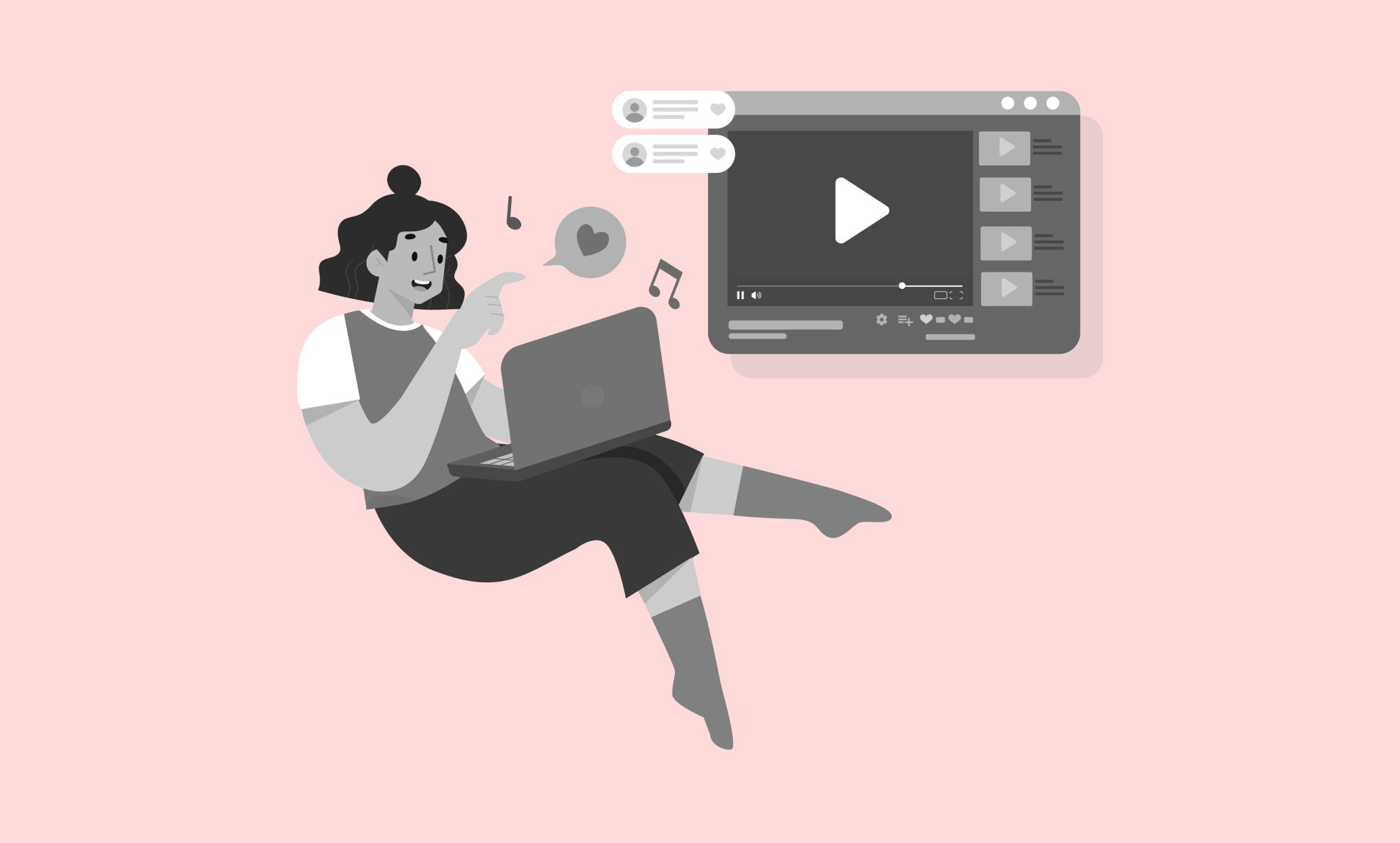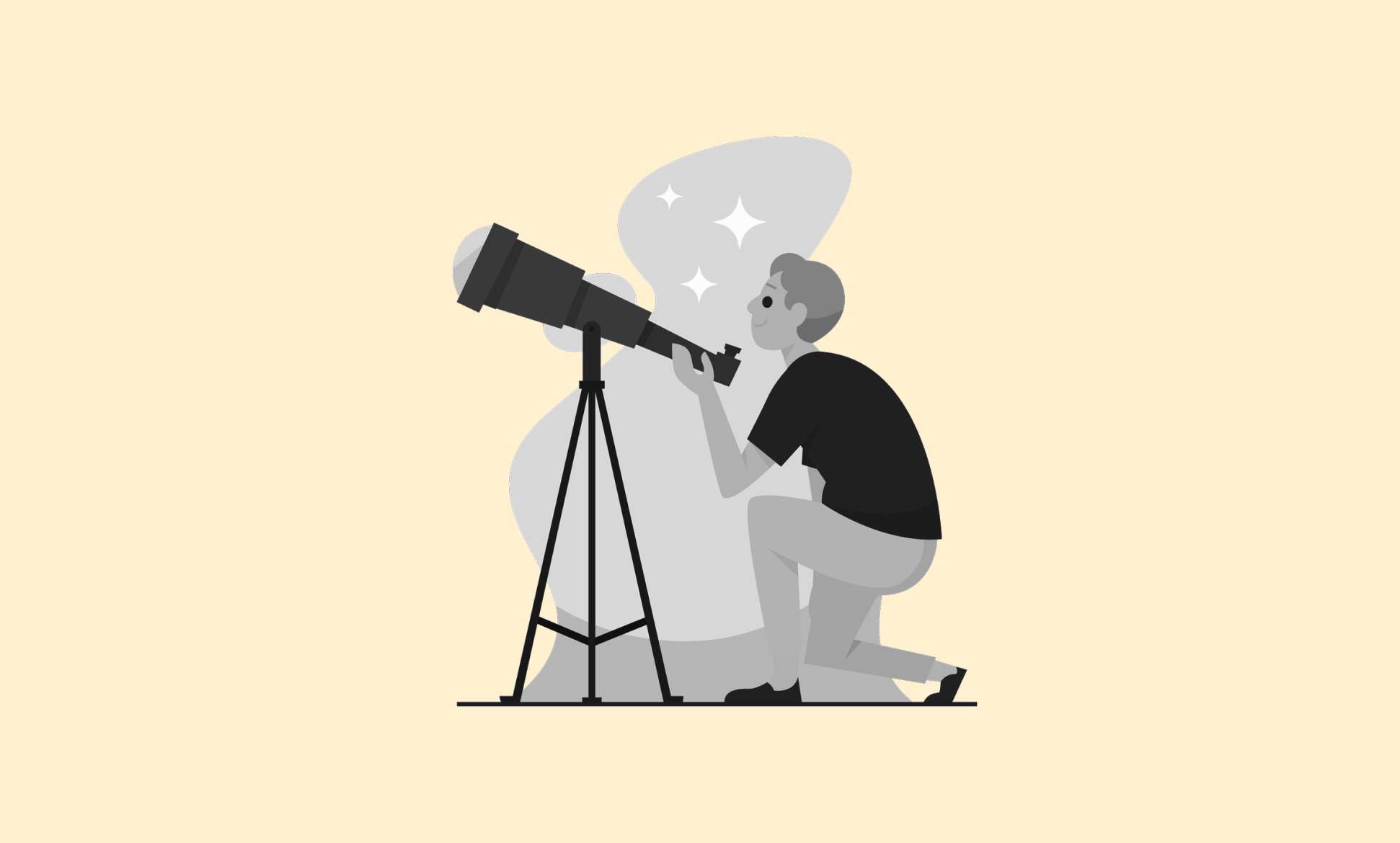Here’s a stat that might make you do a double-take: 53% of Americans say they’d be likely to listen to a podcast about a favorite TV show or movie.
Put that next to the current monthly reach of podcasting in America — about 55% — and the opportunity starts to look massive. We’re talking about a single category with the potential to appeal to nearly the entire existing podcast audience, plus plenty of people who don’t normally listen. Yet only 19% are actually consuming TV and film podcasts right now. That’s not a saturated market… that’s a clear gap.
Think about it another way.
Back in the heyday of The Walking Dead, AMC launched The Talking Dead, a late-night discussion show airing right after the main episode. It pulled in nearly 5 million viewers — ratings many premium dramas would kill for. And that was just a talk show about a TV show. Podcasts operate on a whole different scale: you don’t need millions of viewers to make the economics work.
As TV series get bigger, more complex, and harder to fully digest in a single sitting, the appetite for deep dives, rewatch discussions, and behind-the-scenes stories keeps growing. That’s why TV and film podcasts are becoming a natural home for fans who want to go more in-depth, talk more, and, ultimately, engage with content in ways traditional programming can’t match.
Leaning on new research from Sounds Profitable, we dive into:
- The growing popularity and potential of TV and film podcasts
- How listeners engage with these podcasts
- The role of platforms like YouTube in podcast discovery
- Key takeaways for creators and streaming services
TV and film podcasts by the numbers
If you work in streaming, here’s a data point you probably didn’t expect to see in a podcast study: TV and film podcasts are driving the kind of behavior you usually need a seven-figure marketing budget to replicate.
Sounds Profitable asked listeners what they actually do after tuning into film and TV podcasts. Here’s what they had to say:
- 43% use podcasts to keep up with what they’re watching.
- Over a third say they end up wanting to watch more of those shows.
- And 16% said they subscribed to a streaming service specifically because a podcast convinced them a show was worth checking out.
If you’re focused on growing your audience, that 16% is a big deal. Getting an existing viewer to watch one more episode is nice, but turning someone into a new paying subscriber is the real win.
Even more interesting: many of these subscriptions don’t come from podcasts dedicated to a specific show. They happen when listeners hear a show mentioned in passing on a completely unrelated podcast. It’s discovery through the “side door,” and it still leads to a paid subscription.
The ripple effects go even further:
- 41% watched a show for the first time after hearing about it.
- 47% rewatched something.
- 50% went searching for more info like trailers, cast interviews, or behind-the-scenes clips.
None of this is passive. This is high-intent, “I will actually go do something about this” behavior.
YouTube’s role in video podcasting
YouTube continues to dominate podcast listening, even for TV and film fans. You’re probably thinking: “This isn’t shocking — YouTube’s been ahead of the curve for ages.”
But the reason it’s winning might surprise you.
Even when people are tuning into podcasts about visual shows, they still mostly expect podcasts to be audio. The share of listeners who say podcasts “have to be audio” or “can be audio or video” is nearly identical between TV/film podcast fans and general podcast listeners.
In other words, just because the subject is visual doesn’t mean the format has to be. You don’t need a video studio to build a loyal audience for a show about Succession or The Last of Us. Audio still works.
Here’s the twist: YouTube’s edge isn’t about video podcasts — it’s about access. Smart TV consumption is growing (around 9% now use their TV as their main podcast device), and on that front, YouTube dominates.
Deals like Netflix and Spotify’s earlier this year hint at a bigger strategy: being the first button viewers press on their smart TVs. Podcasts are just one reason people push play.
For creators and brands, focus on making great audio content, but don’t ignore YouTube. Its reach across devices (and particularly on TVs) makes it a discovery powerhouse, even when the podcast itself doesn’t have a screen.
Who’s watching TV and film podcasts?
Here’s a key difference between TV/film podcast listeners and the average podcast audience: they’re talkers.
While about 68% of all monthly podcast listeners say they recommend shows to friends or family, that number jumps to 79% for TV and film podcast fans.
These listeners are already self-selected superfans. They don’t just consume content; they advocate for it.
- For creators, they’re a natural growth engine: one listener can bring in multiple new listeners, just by sharing something they love.
- For streamers, they’re a built-in marketing team, willing to hype a show if it’s worth talking about.
What this means for creators
If you’re making a podcast about TV or film, the first takeaway is simple: audio still rules. Even if your topic is visual, your listeners mostly expect a strong audio experience first. Nail that before thinking about cameras or fancy visuals.
Next, keep an eye on streaming platforms moving into podcasts. Netflix, Hulu, Disney+—they’re all dipping toes into the space with shows that tie directly to their biggest hits. That means more opportunities, yes, but also more competition. Being strategic about what you produce and how you position it matters.
Finally, think long-term about video and rights. You don’t need to produce a full video podcast today, but if your goal is to collaborate with a streamer down the line, having clips, visuals, and the right permissions ready can make a difference. Video complicates production, but it can also open doors if you plan ahead.
What this means for streamers
If you’re in streaming and haven’t considered companion podcasts, you’re missing an opportunity. Podcasts keep audiences talking, engaged, and, crucially, subscribing.
They help solve a common problem: the long gaps between seasons.
A podcast gives your audience a reason to stay invested, share with friends, and keep coming back — even when new episodes of the show aren’t out yet. That matters because retention is everything. Cutting churn by even a few percentage points can dramatically increase lifetime subscriber value.
And it’s not just retention, podcasts drive acquisition, too. As we saw in the data, people are subscribing specifically because they heard about a show on a podcast. For streamers, that’s a direct path to new subscribers with minimal additional spend.
Companion podcasts aren’t just a nice-to-have — they’re a smart, profitable strategy.
All eyes on TV and film podcasts
Here’s the bottom line: TV and film podcasts aren’t just a niche corner of the industry; they’re a powerful, measurable way to drive both engagement and revenue. The audience is enthusiastic, talkative, and willing to take action, whether that’s subscribing to a streaming service, rewatching episodes, or digging deeper into the content they love.
For creators, that means there’s room to build a loyal, engaged fan base. For streamers, it’s proof that companion podcasts aren’t just a retention tool — they’re a discovery engine and a revenue driver rolled into one.
To keep on top of industry happenings, subscribe to our bi-weekly newsletter, Tuned In.




.webp)





